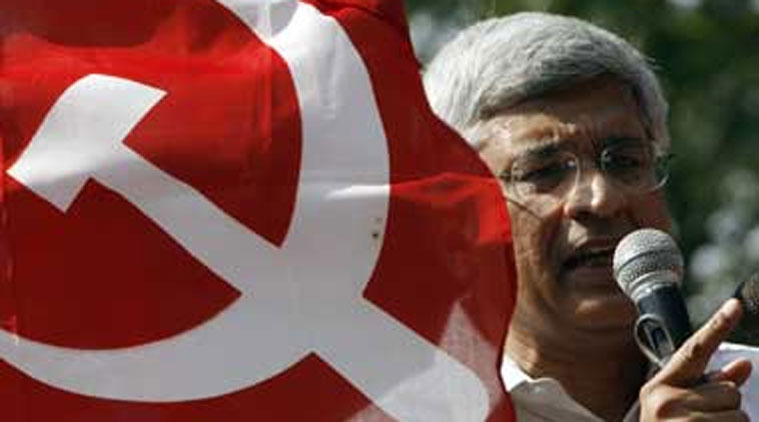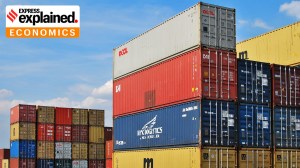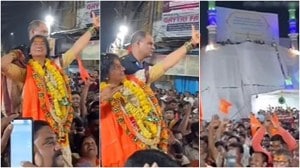- India
- International
CPM@50: A look at the history and future of India’s largest Communist party
As India’s biggest Communist Party celebrates a half century of existence, MANOJ C G looks back, and ahead

THE BEGINNING
On October 31, 1964, exactly 50 years ago, began the first party Congress of the CPI(M) in Kolkata, then Calcutta. In April, the Communist Party of India (CPI) had split — the 32 members who walked out its national council meeting were the founding members of the CPI(M).
THE SPLIT
The split was the result of a prolonged inner party struggle about the strategy for the “Indian revolution”, and the growing divide between the Communist Party of the Soviet Union and the Communist Party of China. The CPI Congress held in Bombay after the split blamed it on the Chinese aggression and factionalism. In 2000, Harkishan Singh Surjeet, one of the nine members of the CPM’s first Politburo, wrote: “A section of the leadership was arrested and put behind bars on the pretext of being pro-China… The other section tried to use this opportunity to capture the Party machinery at all levels… The leadership that was jailed… was to constitute the CPI(M) later on…”
INITIAL SUCCESS
A year after the split, the CPM won 40 seats in the Kerala assembly elections, emerging as the single largest party. The CPI got only three seats. Three years later, a CPM-led government under E M S Namboodiripad came to power in Kerala. It went on to form governments four times in the state. In West Bengal, Jyoti Basu became the deputy chief minister in the first United Front ministry, and again in 1969.
THE HIGHS…

In 1977, the Left Front government with CPM at its head came to power in West Bengal, and ruled until 2011. By the 1980s, the CPM had become a force to reckon with at the national level. It propped up the National Front government under V P Singh and, in 1996, the United Front governments under H D Deve Gowda and I K Gujral.
…AND LOWS
Inner-party conflicts roiled the party in the late 1960s because of the Naxalbari uprising. Charu Mazumdar and Kanu Sanyal left the CPM after the Burdwan plenum of 1968, and founded the Communist Party of India (Marxist-Leninist). In the mid-1970s, founding general secretary Sundarayya resigned.
The decline in West Bengal began towards the end of 2006. The CPM suffered reverses in local body and municipality elections. In 2009, the CPM suffered a major setback in the Lok Sabha elections, its strength coming down to 16 from 44. Two years later, it lost power in West Bengal. It is yet to recover; in 2014, it won just two Lok Sabha seats in the state.
HISTORIC BLUNDER AND AFTERWARD
THE FIRST choice for prime minister of the United Front government was Jyoti Basu. But the CPM said no, a decision Basu called “a historic blunder”.
BUT the CPM continued to play a major role in the UF government, its then general secretary Harkishan Singh Surjeet emerged as kingmaker. The CPI joined the UF government, but the CPM did not.
IN 2004, the CPM decided to extend outside support to a Congress-led government, a first in its history.
Apr 18: Latest News
- 01
- 02
- 03
- 04
- 05






































